Kings Bastion Leisure Centre on Gibraltar. 18th century fortification on Line Wall now containing leisure facilities
By Nick Nutter | Updated 15 Mar 2022 | Gibraltar | Places To Go |
Login to add to YOUR Favourites or Read Later
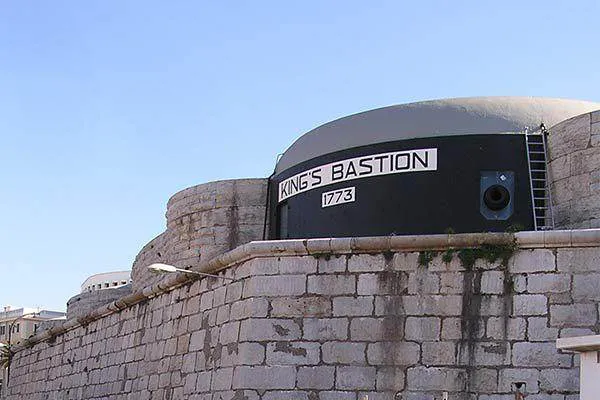
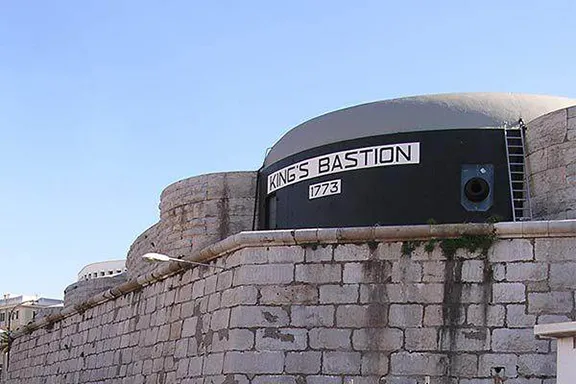
King's Bastion
On the 1st March 2008, the Chief Minister of Gibraltar, Peter Caruana, officially inaugurated a leisure centre in what Alexis Almeida, the Chairman of the Gibraltar Heritage Trust, said was ‘the last major battery built in this style’. The King’s Bastion was back in business as a major entertainment venue for children and adults, quite the opposite of its original purpose.
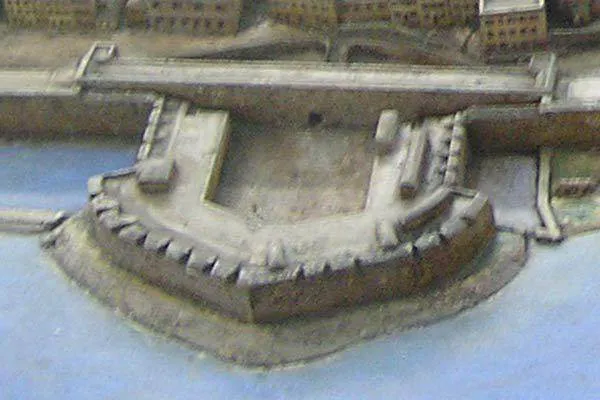
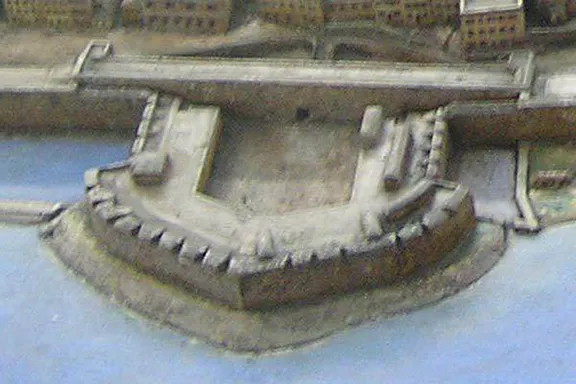
King's Bastion 1865
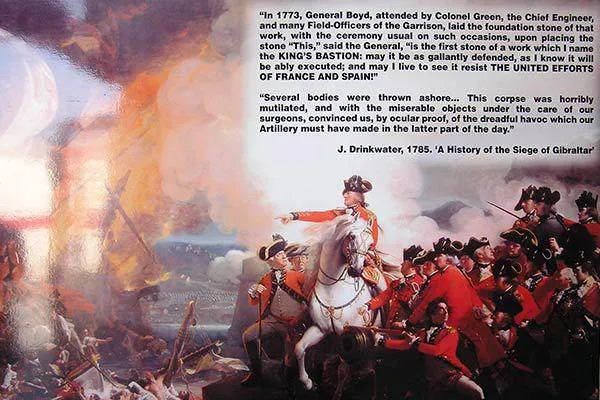
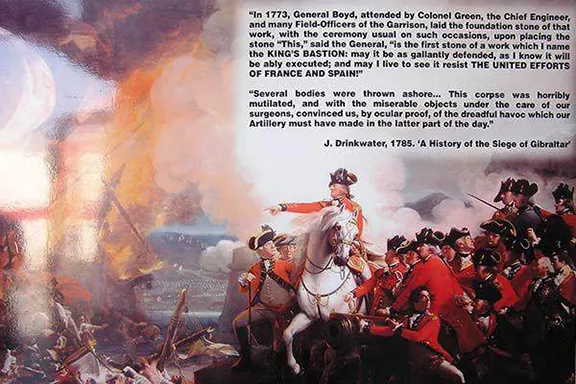
King's Bastion Great Seige
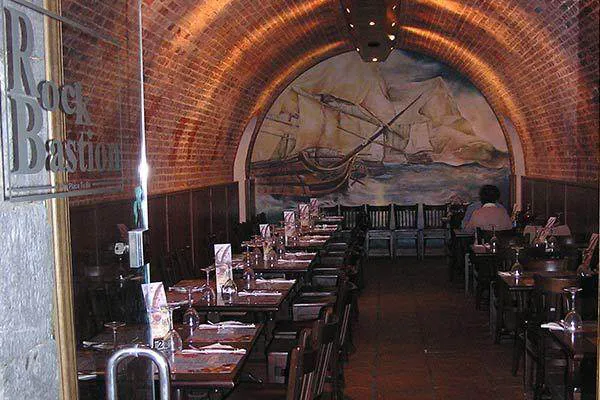
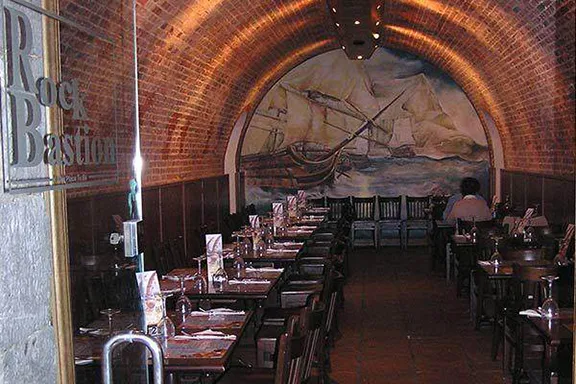
King's Bastion Restaurant
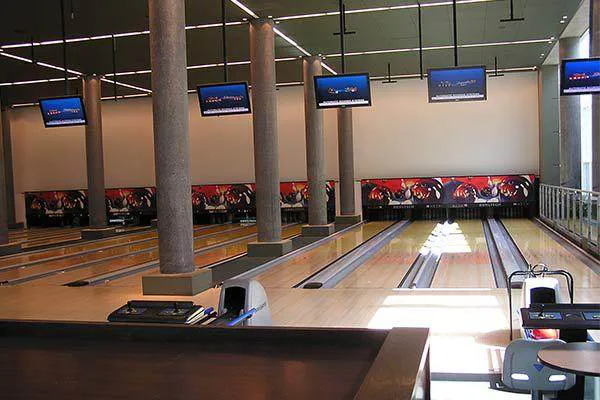
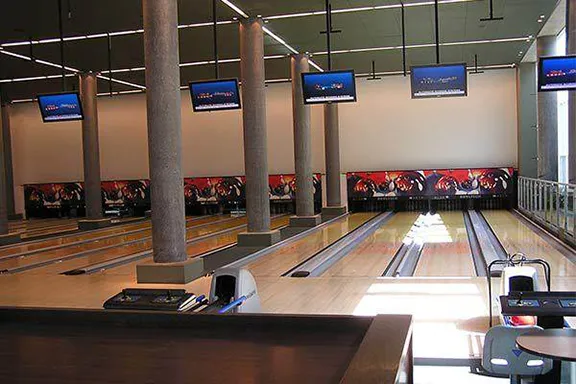
King's Bastion Bowling Alley
Within the walls of the bastion are a Bowling Alley, Ice Skating Rink, an Amusement Arcade, a Games Room and Internet Lounge, Restaurants, Bars, a Youth Bar and Lounge, Disco, Cinemas and a Fitness Gym. Something for everybody of any age. All this in a fortification that has retained its character and integrity as a heritage site listed with the Gibraltar Heritage Trust.
The bowling alley and ice rink are on the first floor which also has access to the embrasures, complete with 18th Century cannon and a sitting area overlooking the Line Wall. The other facilities are on the ground floor, including the restaurant that occupies a magazine built into the thickness of the walls.


Games area
King’s Bastion is open seven days a week from 9am until midnight (apart from Good Friday and Christmas Day). Entrance is free. Prices for the facilities vary.
The concept of a bastion developed in the mid 16th Century and became a dominant feature of fortifications for three hundred years and was a direct result of the increasing use and efficiency of cannon. The round, high towers of mediaeval fortifications could not withstand the pounding they received from shot fired from gunpowder artillery. A bastion combines a number of ideas. It is generally much lower than the towers it replaced, usually on the same level as the curtain wall on either side. Normally there would be a ditch in front of the bastion and a glacis, a slope of earth built to the same height as the bastion, sometimes fronted by stone, on the far side of the ditch. The glacis would deflect enemy fire up and over the bastion itself whilst the height from the bottom of the ditch to the top of the walls would still make it difficult to scale. King’s Bastion did not have this feature since the sea came almost to the bottom of the wall. Unlike earlier towers a bastion was flat-faced eliminating dead ground in front of the fortification.
The King's Bastion was designed to be the strong point of Line Wall, the defences that ran down the west side of the Rock. The bastion itself was an angular structure with two faces and two flanks projecting out from the curtain wall so that fire from the flanks could protect any bastions on either side and the curtain wall itself. The stonework on the outside of the bastion (in the example at Gibraltar) was not designed to stop cannon balls and shells, it was merely a retaining wall for a good thickness of packed earth and rubble that would absorb the enemy shot. Kings Bastion had one other feature, it was shaped like an arrow so that the part of the bastion that connected with the curtain wall was inset allowing three fields of fire to engage any enemy unfortunate enough to find themselves in that position.
King’s Bastion was built on the site of a Spanish gun position, the Plataforma de San Lorenzo, and construction began in 1773. It was the most important part of the western defences playing a major role as a command post during the Great Seige from 1779 to 1783, in particular, the action known as the ‘Grand Attack’ of 1782 when the Spanish floating batteries assaulted Gibraltar.
By 1859 there were seventeen 32-pounder, six 8 inch smoothbore cannon and two 10 inch howitzers installed in the bastion. Between 1873 and 1878 the bastion was modified to take one 12.5 inch and four 10 inch muzzle loaded rifled guns (RMLs) on turntables mounted in iron shielded casemates. They were in operation until 1902.
By the late 19th Century the bastion no longer played a major role in the defence of Gibraltar and the shore in front of the bastion started to be reclaimed by the deposit of thousands of tons of rock and earth, part of the construction of the New Dockyard. The King’s Bastion however still had military significance initially as a lookout post and then as an anti-tank position with a six-pounder gun. After the Second World War four, 25 pounder guns were installed and the bastion became a saluting platform. Its days as a military fortification came to an end in 1961 when the bastion was chosen to house the oil storage and administration offices for the King’s Bastion Power Station built alongside the bastion’s north facade. The power station was closed in the early 1990s and demolished in 2005 to once again reveal the north facade.
For opening times of Kings Bastion Gibraltar, click here